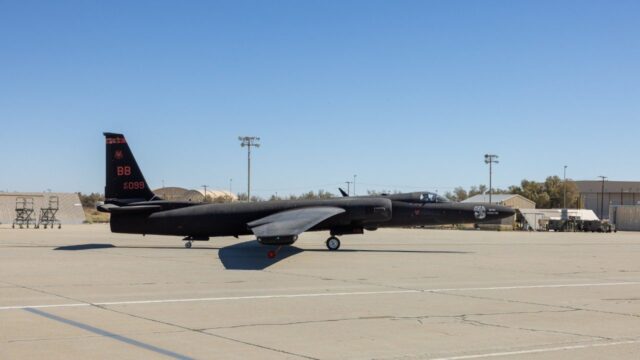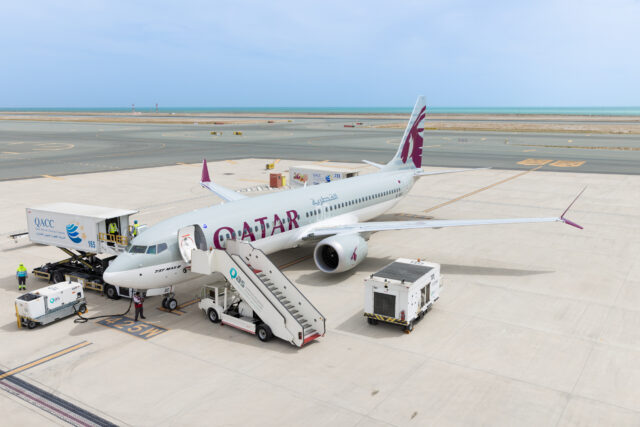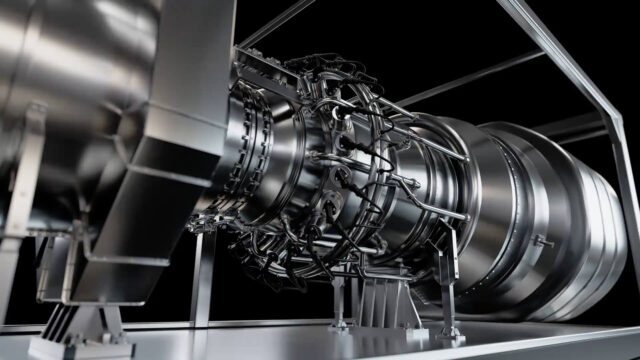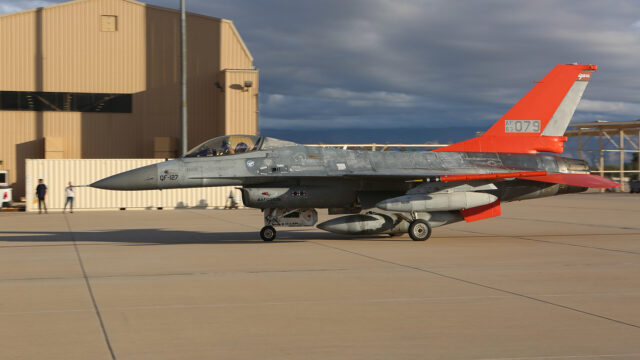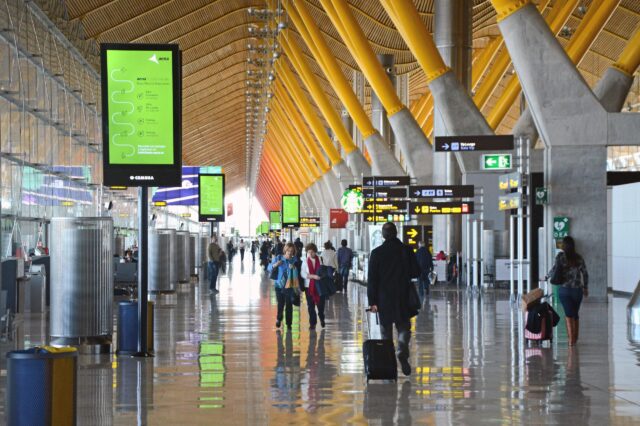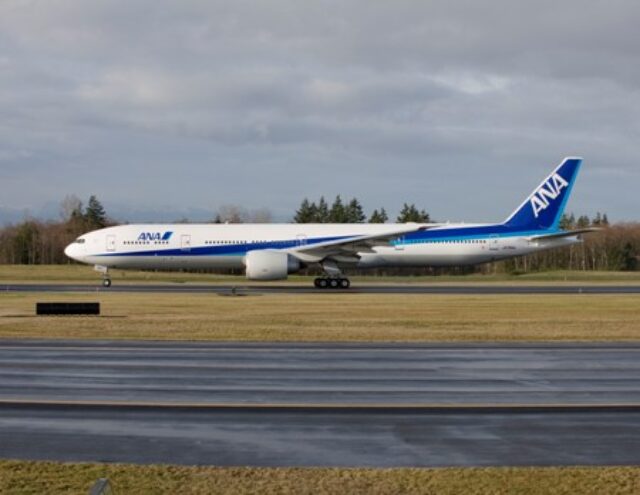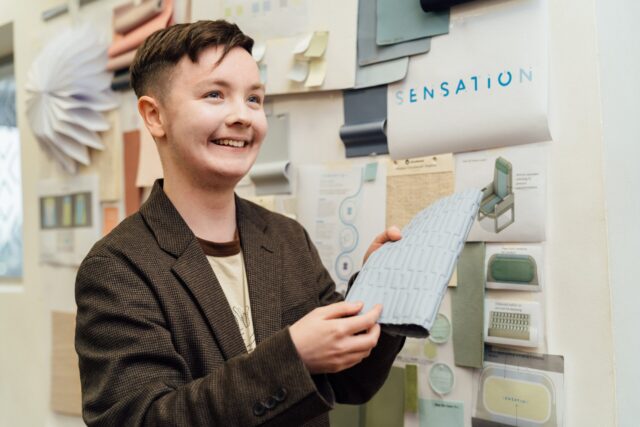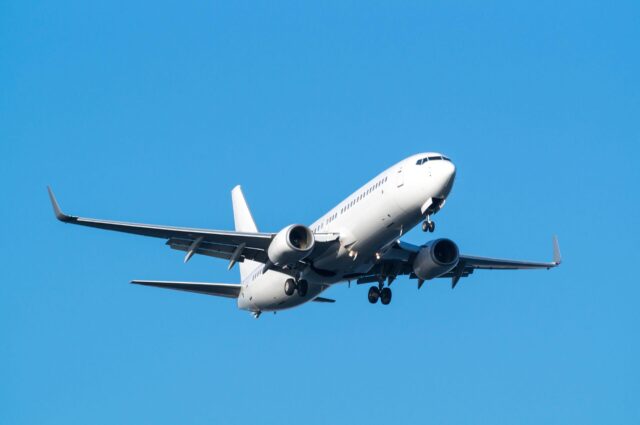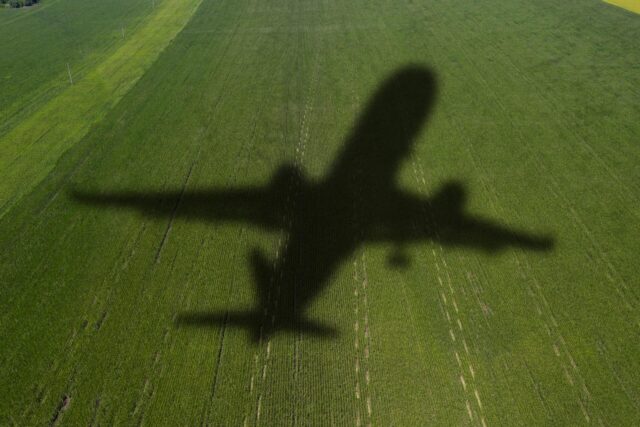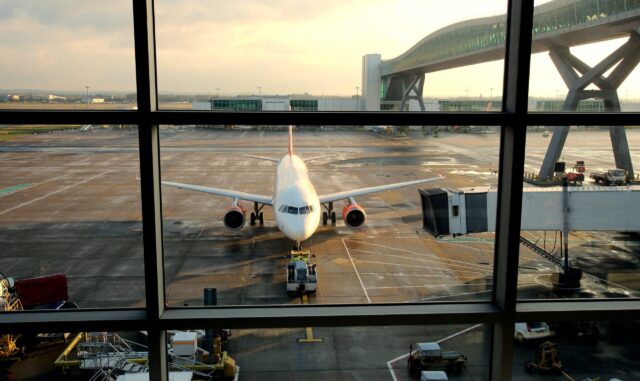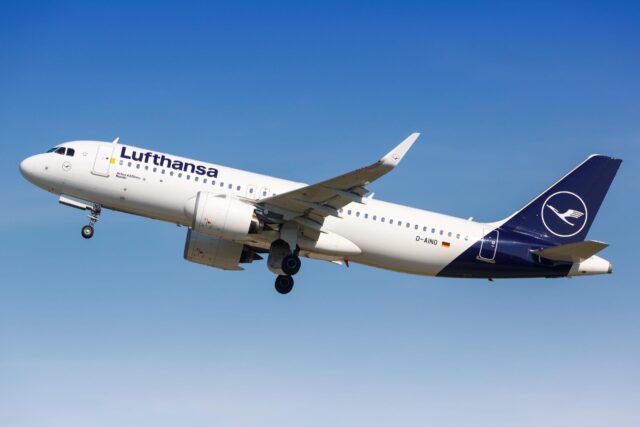How AI is transforming pilot training, from the classroom to the flight deck

Artificial intelligence (AI) is ‘revolutionising”’ flight training programmes around the world, as simulator manufacturers and aviation training organisations look to harness its power to drive efficiency, improve safety and personalise learning for the next generation of pilots.
Leading the charge is CAE, the Canadian aerospace giant that trains over 150,000 pilots a year across its more than 240 training centres.
“We have an entire team dedicated to finding new innovations and we pride ourselves on being at the forefront of technology,” said Christopher Ranganathan, CAE’s chief learning officer for commercial aviation training.
Ranganathan explained that AI has the potential to transform the industry. “AI can certainly assist in the creation of training programmes and can be used to model various training scenarios, thereby enhancing training efficacy,” he told Aerospace Global News.

“AI can also help tailor training programmes to maximise the learning experience for pilots in training; it can analyse data from various training events to help assess pilot performance and identify weaknesses.
“AI and data are revolutionising simulator training by enabling real-time, data-driven insights to increase training efficacy.”
AI in use across the training cycle
At CAE, AI now plays a role across the full ‘Analysis, Design, Development, Implementation and Evaluation’ (ADDIE) training cycle, from deriving learning objectives based on regulatory frameworks to helping design tests, optimise curriculum, support instructors during simulator sessions, and feed insights back into the system for continuous improvement.
“One application of AI is to generate training scripts, another is to develop appropriate tests for each LO [learning objective] and to ensure all LOs and regulatory requirements are adequately addressed in a curriculum,” said Ranganathan.
“We use AI … to provide actionable insights of pilot and instructor performance and trainee and instructor feedback across our training centres and programmes – feeding back into the Analysis phase, for continuous improvement.”
Automation and human oversight
AI is also integral to CAE’s Rise platform, which combines simulator telemetry and pilot eye-tracking data to give instructors a real-time view of a trainee’s performance.
It allows trainers to focus on critical crew behaviours while the system automatically captures less perceptible performance metrics. CAE believes this blend of automation and human oversight is key to raising training standards and consistency.
More broadly, Ranganathan sees artificial intelligence as an enabler of evidence-based training (EBT) – the data-driven methodology that prioritises real-world threats and errors over procedural testing.
AI would be essential in tailoring EBT programmes, he said, not only to aircraft types but also to individual pilot profiles.
“At CAE, our R&D has explored AI models that make these insights-driven adaptations trustworthy,” he said.
“We see a future mix of training in EBT being driven 70% by the baseline EBT aircraft generation training topic list, 20% by the AI-generated insights of the crew in training and 10% by the AI-generated insights of the individual pilot.”
Technological advances
The pace of change is impressive.
Acron Aviation, formerly L3Harris Commercial Aviation Solutions, a global leader in aviation technology, recently unveiled Astra, an app that utilises flight data to provide pilots with personalised performance data and insights, before and after every flight.
Astra uses advanced flight data analytics to provide pilots with crucial insights before and after each flight, through the iOS app’s safety module, while prioritising safety and fuel efficiency.

The efficiency module delivers comprehensive monitoring of fuel consumption, wear-and-tear indicators, and performance metrics through an intuitive dashboard, enabling fleet-wide oversight for management teams while driving performance improvements in the flight deck.
Machine learning algorithms analyse flight data monitoring information, identifying opportunities to improve adherence to standard operating procedures
Pilot performance is also measured against other crew members in their fleet, with recommendations built on machine learning models trained on a vast database of 45 million flights.

That same desire for tailored and timely feedback is driving innovation at Axis, a European simulator manufacturer whose client list includes major European airline groups and training centres around the world.
Axis has embedded AI into its simulators, VR products and web-based training modules, offering a debriefing system that delivers instant, verbal performance evaluations to trainees.
AI is used to monitor pilot actions during simulator sessions and compare them to standard training benchmarks, Christian Theuermann, executive board member from Axis Flight Simulation, explained.
It then gives pilots immediate feedback – even verbally – so instructors can focus on coaching, rather than making notes or filling in forms, he told Aerospace Global News.

The technology supports evidence-based training by objectively identifying areas where pilots may need extra support. It also reduces paperwork and helps standardise instructor assessments – a key concern for regulators and airlines alike.
“AI offers objective training based on objective results, which are data-driven,” Theuermann said.
“It helps the instructor to focus on the training and not on watching what the pilot is doing and writing down notes.
“Our AI will do this so they can focus on the trainee, and it makes the training more efficient because the instructor gets an automated report rather than having to write notes during the session.”
Better training, less paperwork
He added: “It leads to a better training result and reduces paperwork. You can even compare it between different pilots; of course, everyone is data protected, but you can benchmark how other pilots are doing.
“When the trainee comes back for the next session, you do not need to do standardised training; you can focus with them on the elements that they are not doing perfectly.”
Axis has further plans to expand its offering through mixed reality, combining physical hardware with VR environments to increase immersion and improve muscle memory.
Crucially, the AI engine behind their systems runs on gaming platforms, making it lightweight and easy to deploy without major hardware upgrades – a benefit that was especially valuable during the COVID-19 pandemic.

“What we’re aiming for is 24/7 access to training,” Theuermann said. “Pilots can train at home or in low-cost environments, saving time and money while still getting feedback that’s as relevant as in a full-flight sim.”
At Skyborne Airline Academy, which trains new pilots in the US, UK, and India, AI is also on the agenda.
“There’s still a long way to go with integrating AI into the flight training industry, as there are safety factors we must consider. However, we do believe in AI’s use for assessing and evaluating a trainee’s progress,” said Lee Woodward, who co-founded Skyborne in 2018.
“While we’re yet to integrate AI into our flight training at Skyborne, we do see the benefit and potential in its application. We are currently trialling a platform ‘off-line’ in parallel with our normal practices and protocols.
He added: “While AI shows strong potential in supporting pilot training, its application in certifying or revalidating pilot competencies is a separate and more complex matter.
“These are highly regulated processes, overseen by aviation authorities and carried out by authorised examiners, with rigorous requirements to ensure standardisation, fairness and safety.
“For AI to play a formal role in certification, extensive safeguards would be essential, including algorithmic transparency, data integrity, human oversight and alignment with international aviation standards.
“It would also require industry-wide confidence in AI’s ability to make high-stakes decisions impartially and without bias.”
Across the board, AI is driving a profound change in how pilots are trained, assessed and supported.
The shift is not just technical but also philosophical, away from standardised procedures and toward tailored, data-led experiences that prioritise real-world skills and continuous improvement.
Whether in a full-flight simulator in Montreal, a VR headset in Frankfurt, or on an iPad at 38,000 feet, the message is the same: AI is no longer a futuristic add-on to flight training; it is fast becoming an integral part of the training environment.
